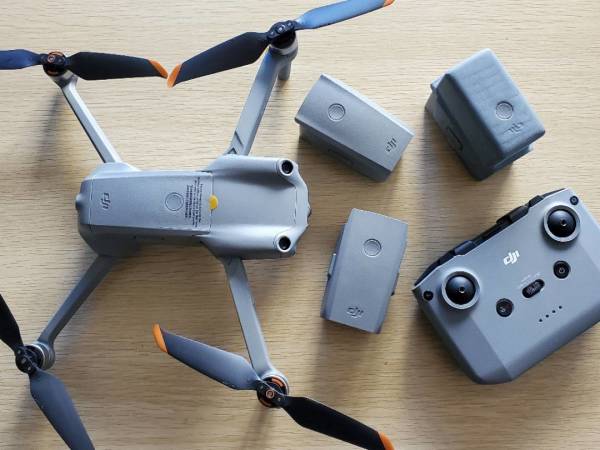In recent years, United States military drones have become indispensable tools in modern warfare, offering unparalleled advantages in surveillance, precision strikes, and intelligence gathering. These unmanned aerial vehicles (UAVs) have revolutionized the battlefield, enabling forces to engage targets with unprecedented accuracy and minimal risk to personnel. The innovative uses of military drones have ensured a strategic edge, changing the dynamics of combat operations globally.
The Evolution of Military Drones
Drones have evolved significantly since their introduction into military operations. Advancements in technology have increased their efficiency and versatility. Initially used for reconnaissance missions, they now carry out complex tasks such as target acquisition and even delivering ordnance. With cutting-edge features like real-time data transmission and advanced imaging systems, military drones have gone from simple remote-controlled aircraft to autonomous systems governed by sophisticated algorithms.
Strategic Advantages
One of the most significant benefits is that drones reduce the need for human pilots in dangerous missions, thereby minimizing the risk to human life. They can be deployed in hostile environments where sending manned aircraft might be impossible. Their ability to loiter for extended periods offers continuous surveillance, critical for assessing threats and planning missions. Moreover, the precision of drone strikes reduces collateral damage, ensuring missions are executed with surgical accuracy.
Applications in Global Conflicts
United States military drones have been instrumental across various theaters of conflict. In counter-terrorism operations, drones have helped locate and neutralize high-value targets with minimal civilian casualties. Their capability to gather intelligence without direct human intervention has been a game-changer in intelligence operations, providing insights that aid tactical decisions on the ground.
- Surveillance: Drones can cover vast areas and monitor movements and activities, providing troops with critical insights into enemy plans.
- Combat Missions: Equipped with precision-guided munitions, drones are key players in executing pinpoint strikes against enemy assets.
- Search and Rescue Operations: Drones assist in locating missing personnel quickly, reducing response time and increasing chances of recovery.

Challenges and Ethical Concerns
While military drones offer numerous benefits, they are not without challenges. Technical issues such as signal jamming and cybersecurity threats pose significant risks. Additionally, ethical concerns about autonomous weapon systems raise questions about accountability in drone strikes. These concerns necessitate ongoing dialogue and regulation to ensure responsible use.
Future Prospects

Looking forward, the development of AI-powered drones suggests an even greater level of autonomy and efficiency. These advancements promise enhanced capabilities in reconnaissance and combat, yet they also require robust ethical guidelines and international cooperation to prevent misuse.
Frequently Asked Questions
What are military drones? Military drones are unmanned aerial vehicles used by armed forces for reconnaissance, intelligence, and combat missions.
How do drones benefit military operations? Drones provide real-time data, reduce risk to personnel, and allow precision targeting in operations.
Are there any ethical concerns regarding military drones? Yes, issues include civilian casualties from drone strikes and the accountability of autonomous systems.